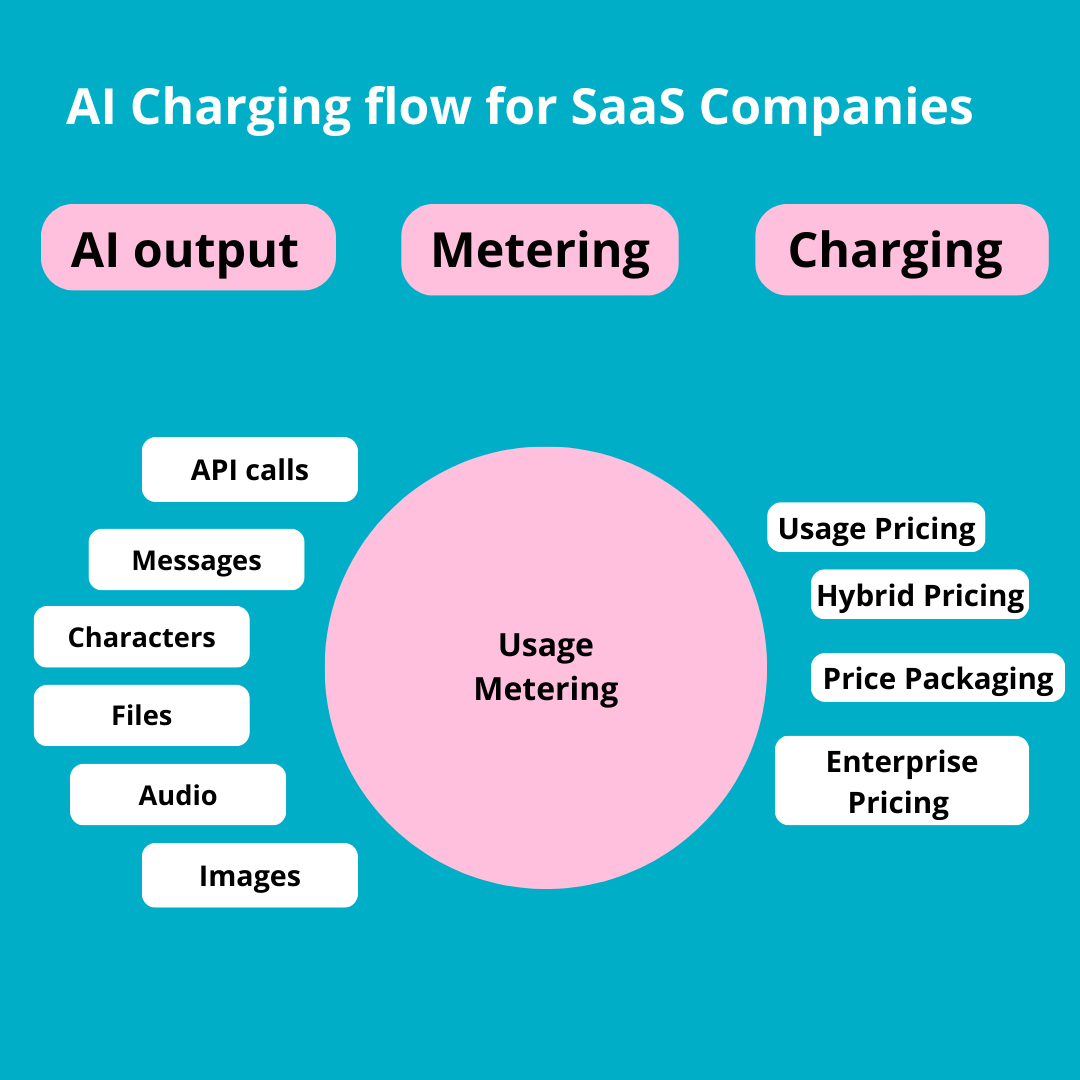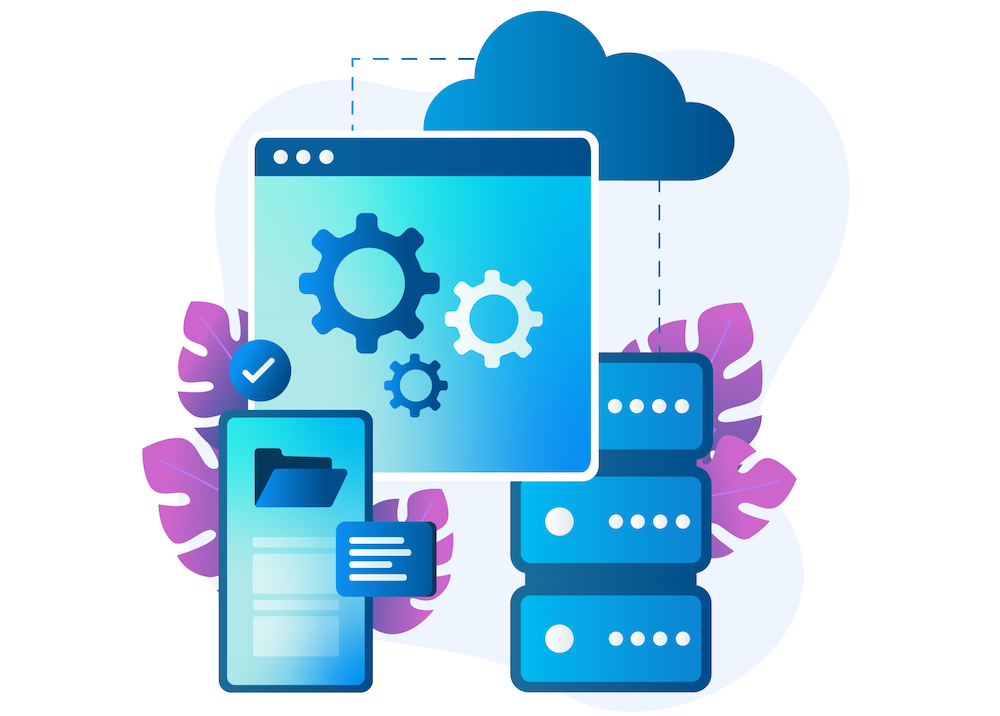Billing Automation Myths Debunked - Start Small, Expand Later
As the Chief Finance or Operating Officer of a managed service provider (MSP), you're likely always looking for ways to improve efficiency, cut...
2 min read
 Petri Takala
:
Aug 20, 2024 2:29:23 PM
Petri Takala
:
Aug 20, 2024 2:29:23 PM

Invoicing for generative AI companies presents unique challenges and requirements distinct from traditional businesses. Understanding the specialized billing practices for AI SaaS is crucial for accurate and transparent invoicing. Let's explore the critical billing strategies and procedures that simplify financial operations for AI SaaS companies and scale effectively.
Invoicing for a generative AI company involves unique challenges and requirements that differ significantly from those of traditional businesses. Various pricing models for AI services exist, including pay-as-you-go, subscription-based, and revenue from generated content. These elements must be precisely reflected in invoices to ensure transparency and accuracy. This is a big step ahead from typical price plans, whether they are based on good-better-best structure or have more variations and options. For a SaaS company, embedding AI as a part of software creates a definite need to go towards pay-per-use pricing.
In a generative AI business, determining the range of services, outputs, and related costs is the first step in devising an efficient billing strategy. This helps to avoid any confusion or disputes that may arise from vague or misunderstood terms. For instance, if your AI service creates content, it's essential to define what constitutes a billable output and the method of its measurement.
AI billing is typically centered around usage. Unlike traditional fixed-cost models, companies leveraging generative AI often need to account for the varying levels of computational resources used by different clients. Pricing and billing may be based on several factors:
Enterprise Pricing: For larger customers, you may need to implement enterprise pricing models. This can include aggregating usage across a conglomerate of companies and determining a price based on combined usage or providing volume discounts contingent on overall consumption by the corporate group.
Serving these bigger clients often requires more advanced tools in your billing system. These tools ensure accurate tracking and invoicing, reducing the need for manual adjustments and preventing customer dissatisfaction due to billing errors
To effectively manage these complex billing structures and potentially high transaction volumes, your invoicing system needs certain key capabilities:
Conclusion
The invoicing needs of a generative AI company are distinct from those of traditional businesses, requiring specialized capabilities to manage usage-based billing, flexible pricing, and enterprise-level demands. By understanding and addressing these needs, you can create an effective invoicing strategy that ensures accuracy, transparency, and customer satisfaction with your AI SaaS billing. This will also contribute to efficient and effective financial operations.
Read more about Good Sign for SaaS

As the Chief Finance or Operating Officer of a managed service provider (MSP), you're likely always looking for ways to improve efficiency, cut...

There is no business like a SaaS business. With the rise of SaaS business came new metrics and new rules to assess, monitor, and steer SaaS business...
Okay, let’s take a deep breath and dive into the world of the vocabulary of subscription management business. As we know, all businesses and...